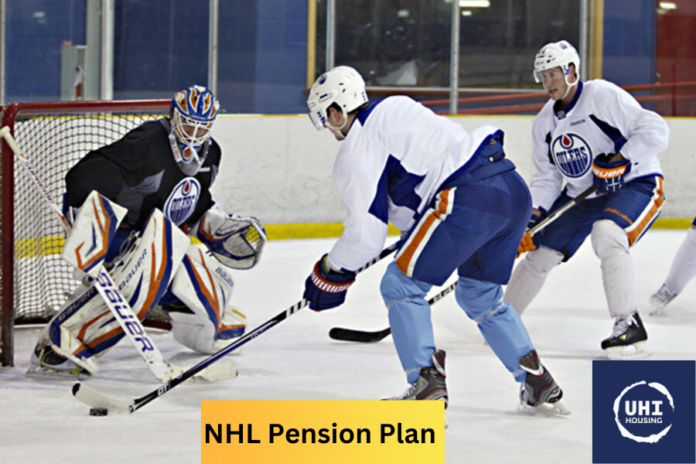If you play in the NHL, you’ll be enrolled in the league’s pension plan, as outlined in the Collective Bargaining Agreement (CBA). Unless you’ve had several cups of coffee and enjoy reading legal jargon, the CBA can be a pretty tough read. So, here’s a simplified version of what the NHL pension plan provides players.
Eligibility
You become eligible for the pension plan once you’ve skated in your first NHL game, or if you’re a goalie, once you’ve dressed as either a backup or a starter in your first NHL game. Once you become eligible, you’ll receive a game-played for pension purposes for any regular-season game that you’re on the Active Roster, Injured Reserve List, Injured Non-Roster, or have been designated Non-Roster.
Simplified:
- You’re enrolled in the plan once you’ve played your first game.
- Afterward, if you’re on an NHL team and the team plays a game, whether or not you’re injured, you’ll receive a credited game for pension purposes.
NHL Service- How much is NHL pension
What you receive in the form of a pension depends on your NHL service – how many years/games you earn.
- Full Service: You’ve been in the league for ten years and have received 82 games per season for pension purposes. If you reach this threshold, you will receive the maximum pension benefit.
- Partial Service: You’ve spent time with the big club, but also in the minors. If you haven’t reached the 10-year full-service threshold when you retire, you’ll still receive a pension, but it will be reduced based on how many games you’re rewarded per season.
If the player did not meet the full-service requirements because they spent some time in minors early on in their career, and therefore did not receive 82 games-played for pension purposes in those seasons. This reduced pension amount will vary, depending on each players’ career length and games earned.
Retirement
The “Normal Retirement Date” is the first of the month following a players’ 62nd birthday. This means that, in order to receive your full pension, you must be 62 years old. You have the option to take your pension as early as the 1st of the month following your 45th birthday; however, your pension will be reduced accordingly.
Summary
In summary, the NHL pension plan provides players with financial security after their careers. Eligibility starts with playing in the NHL, and pension amounts are based on years and games played. Full-service status requires ten years of 82-game seasons, while partial service results in a reduced pension. Retirement options allow for receiving benefits at 62 or as early as 45 with reduced payouts. While the plan offers stability, players should plan financially for life after hockey. Understanding the NHL pension plan enables players to make informed decisions about their future beyond the game.You retire at 30. Will you have enough cash/income to last until you can start receiving your pension at 45?
